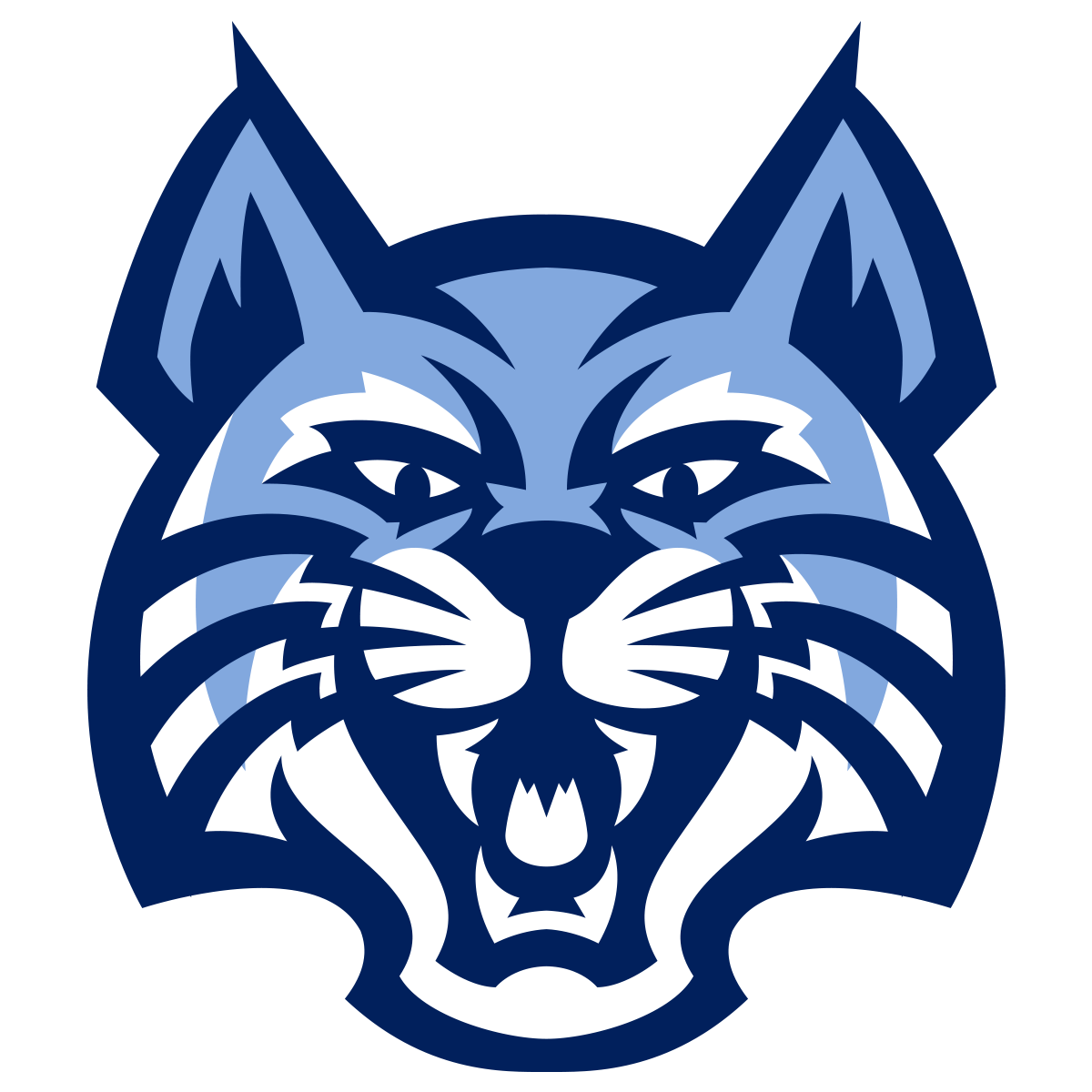https://www.boothbayregister.c...
From Wonder Workshop Dash to VEX Robotics competitions to laser cutters, students at BRES and BRHS get a cutting edge STEM treatment from the earliest age to the cap and gown.
An after school club for coding and robots is helping students from kindergarten to sixth grade explore the basics of programming robots for voice command navigation. Technology integrators Abby Manahan and Zach Gray lead activities which are broken into units starting with the most basic programming working up to more advanced activities including obstacle courses.
Moving over to the robotics class at the high school, teacher Chris Liberti has 15 students working on competition robots which navigate an obstacle course completing various tasks for points. The robots are usually unique designs built from scratch and which must fit specific dimensions to qualify for competition.
Each team plays six to eight qualifying matches with a randomly selected partner team. This could mean a team from BRHS is partnered with another or with a team from a different school – it also means two teams from one school may compete against one another. Highest ranking teams become captains and pick teammates for elimination rounds. Matches are two minutes long with the first 15 seconds solely for autonomous programming and the remaining 1:45 driver controlled based.
Three student teams competed at Foxcroft Academy in mid-December facing 20 other teams from five schools. A big learning opportunity for BRHS students to work through breakdowns and other technical issues, the first competition paved a way for students to dig into solutions before their second competition in Yarmouth on Jan. 19, Liberti said.
“The teams that attended both performed much better at this tournament, finishing the qualifying rounds with our best team ranked 17th,” said Liberti. “Two of the teams have competed together this year, and two were new to competing. The improvement is notable as other teams continue to improve throughout the season as well.”
BRHS teams improved steadily throughout the qualifying matches in Yarmouth, said Liberti. They learned to rebuild components on the fly and took advantage of downtime by networking with other teams on strategy and programming. The highest seeded team consisted of Will LaBrecque, Bayly Carrasco and Gerald Gagne – fathers of robot, “Mo Bamba.”
“They had one of the highest scoring autonomous routines at the tournament, consistently scoring 3 points by firing a ball at one target, while driving their robot into another lower target,” said Liberti.
Mo Bamba continued its streak into the driver controlled portion of the second elimination round, but was damaged by a legal strike from another robot – his brain froze leaving him motionless for the rest of the round.
While disappointing, there was little LaBrecque, Carrasco and Gagne could have done to mend Mo Bamba’s temporary catatonia. However, Reagan Cola, Olivia Paolillo and Nicholas Morley were quickly catching up with their robot, “Z-score,” which managed to also hit high points autonomously. Z-score, though eliminated in the first round of playoffs, was an impressive performance due to the efforts of all its creators, said Liberti.
Three teams will compete at Monmouth Academy on Saturday, Feb. 9. Students expect to face 29 teams from nine other schools.
In the BRHS workshop now sits a brand new Jamieson LG-900 laser cutter the school got through a large anonymous donation.
“This is a really big deal for the school,” said engineering class teacher Ben Powell. “Laser cutters are an amazing piece of technology that can cut and engrave a wide variety of materials with incredible precision, and they are used in many industries including manufacturing, architecture, furniture, clothing, advertising, packaging, plastic processing, and many more. We are very excited to begin teaching our students how to use this cutting edge piece of equipment.”
The third year Powell has offered his engineering class, students are now putting their computer assisted design (CAD) programming to use with the new laser. The first set of projects are creating scaled buildings of original design, said Powell. Similar to using 3D printers, students use a computer assisted design (CAD) program which communicates with the laser cutter to create precise cutouts or engravings. Next year, Powell wants to create a CAD prototyping class which would help students better understand the programming behind working with machinery like this.
"Last year's engineering class built the computer we're using with the laser cutter," said Powell. "I've been wanting to find a use for it and then this kind of fell into our lap and we're like, 'Perfect! We've got a computer ready to go!'”
The laser cutter boasts a 100 watt laser, correct to 6/1000 of a centimeter, over a vacuum table workspace of two feet by three feet. The laser can cut through most woods and plastics up to about half an inch and can etch into most materials including woods, metals and plastics.
With the machine located in the shop area, teacher Chip Schwehm said one of the goals for the STEM programs is to “keep the high tech stuff going.”
“A lot of schools are marrying modern technology like this, having it all in one area … If this works well, we're hoping to get a CNC router eventually,” said Schwehm.
Just a day into having the machine, it is evident the possibilities have become limitless -- Powell said one thing he and his students would like to do is update all the teacher and staff wall plaques outside classrooms and offices. Welch forwarded the school logo which the class will program, and staff and student ideas of various promotional and fundraising materials continue to pop up.
Said Powell, “We have some really cool stuff already, but I think we're only scratching the surface.”

